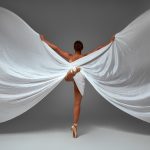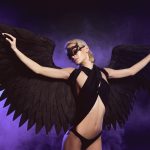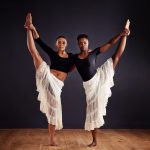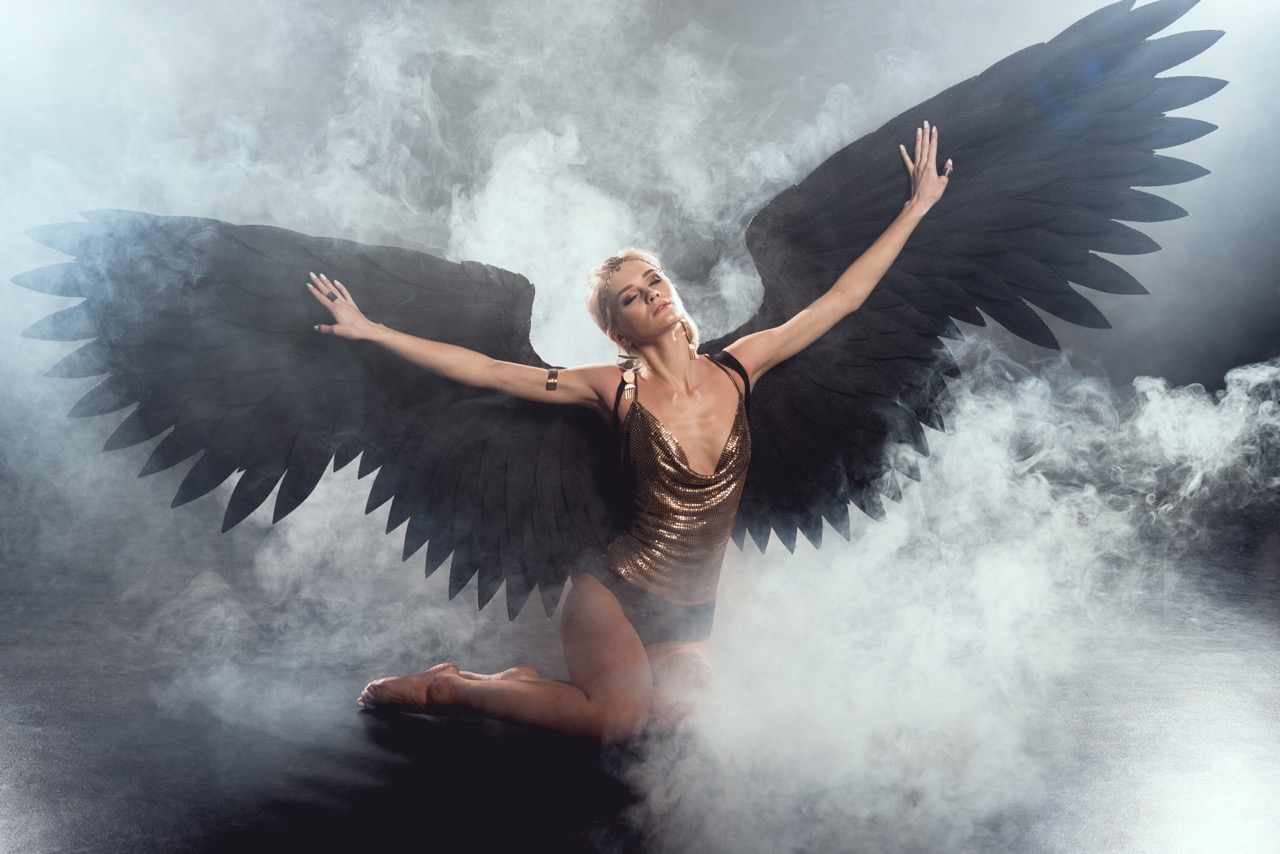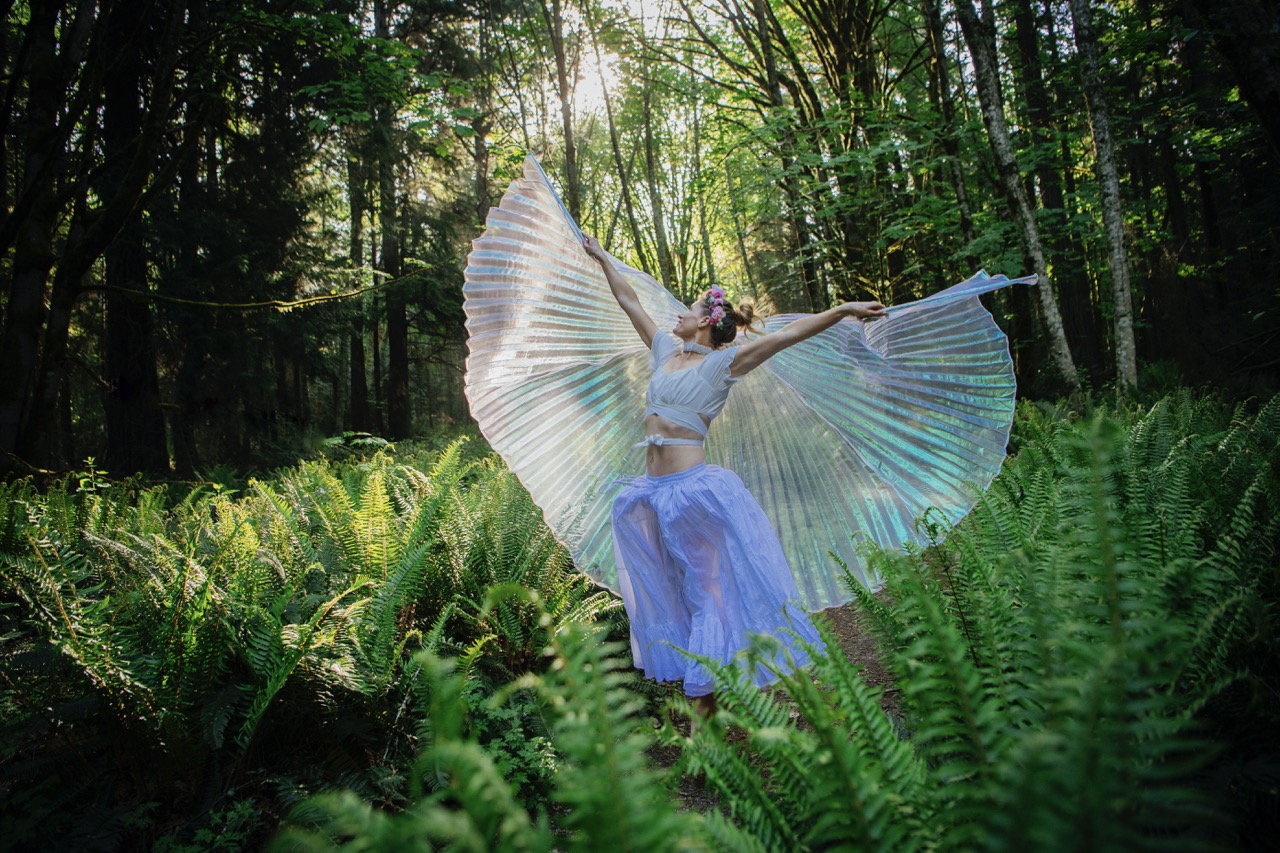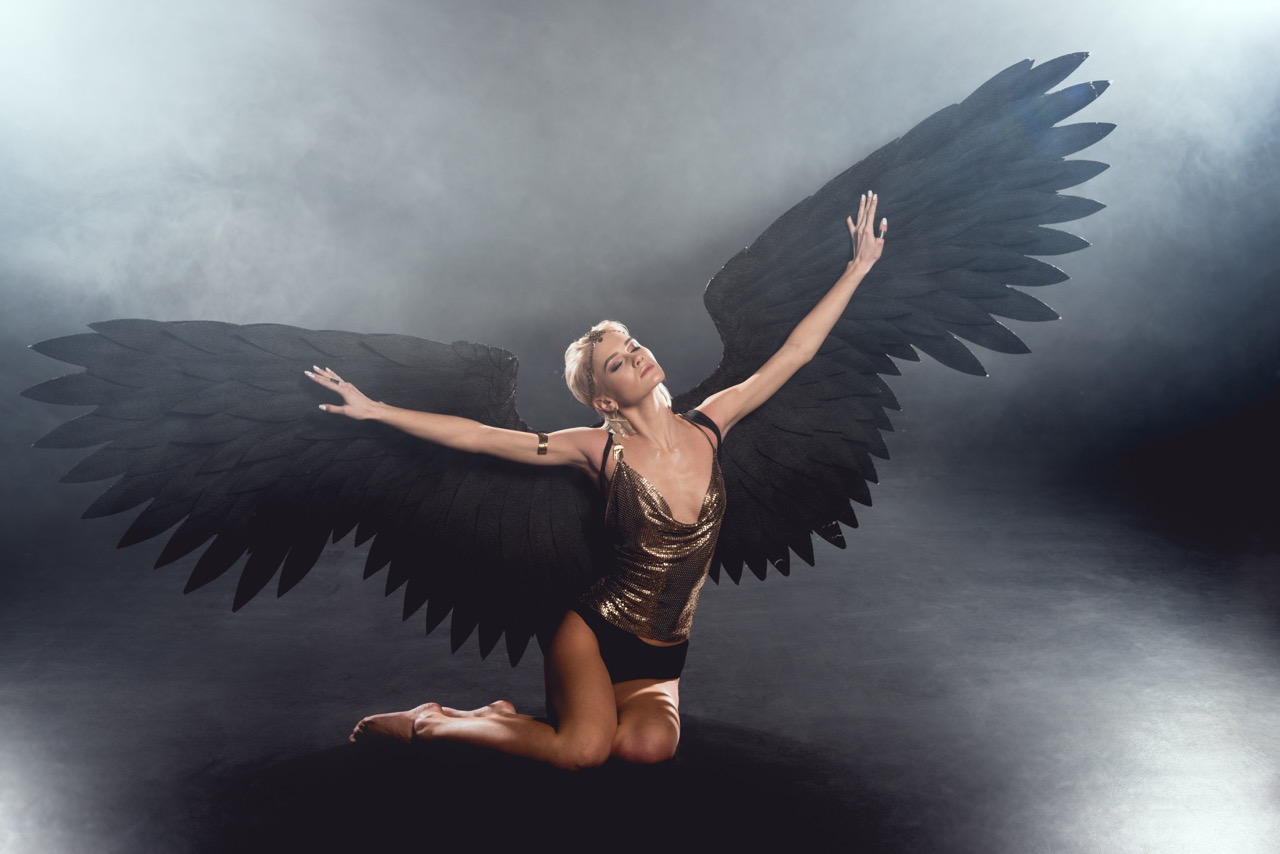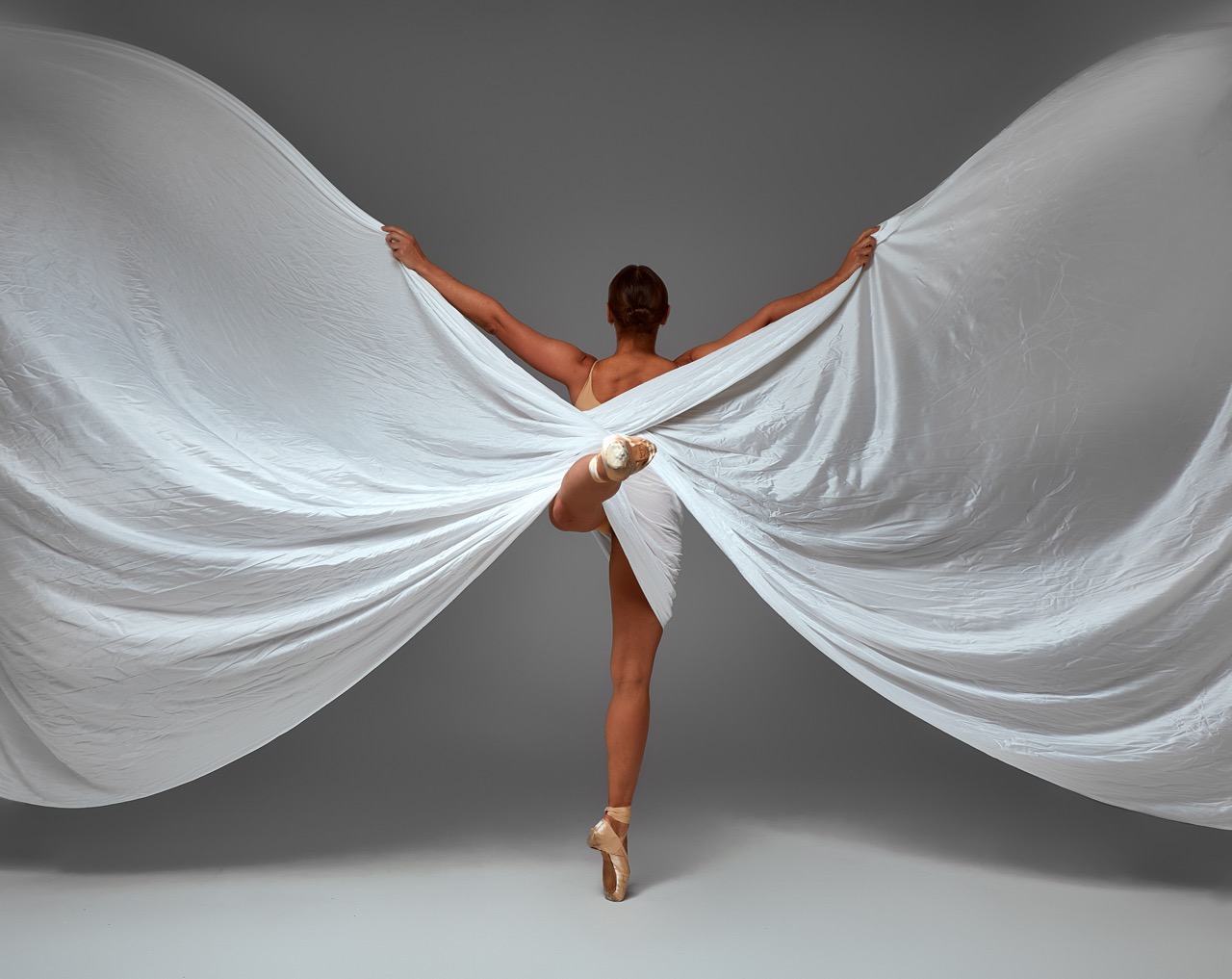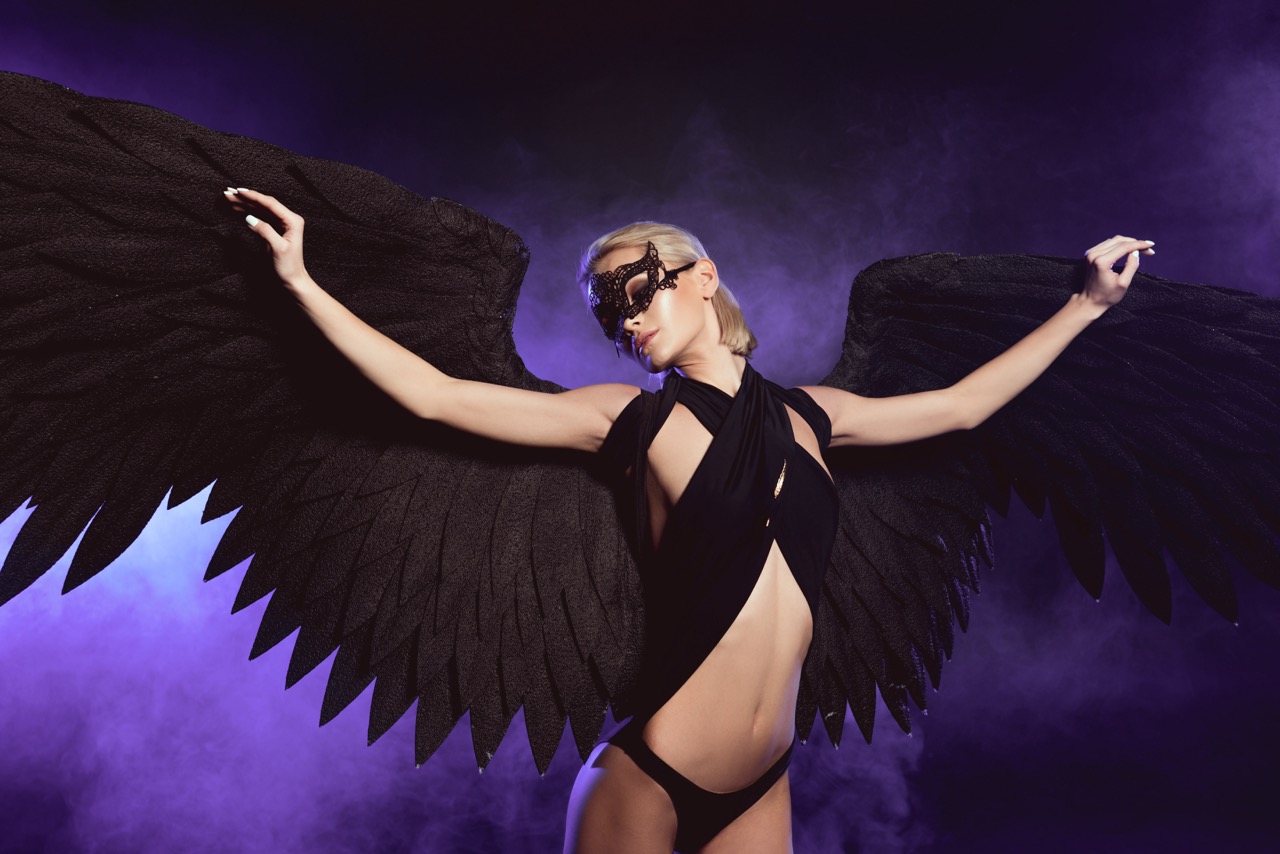In the world of dance, fashion is more than just a visual statement; it plays a critical role in conveying emotion, identity, and artistic expression. Among the myriad of styles that define the dance community, "dance wing fashion" has garnered significant attention for its unique synthesis of movement and design. Characterized by its flamboyant costumes and extravagant accessories, dance wing fashion thrives on the use of bright and bold colors. This article explores how these vibrant hues elevate aesthetics, shape identity, influence psychological perceptions, and impact performance on stage.
The Vibrant Palette: Elevating Dance Wing Aesthetics
Bright and bold colors are foundational to the visual language of dance wing fashion. The use of vivid reds, electric blues, and luminous yellows creates a striking contrast against the often monochromatic background of performance spaces. These colors not only command attention but also enhance the overall aesthetic experience for the audience. The vibrancy of the palette invites viewers into a world of emotion and energy, transforming each performance into a visually stimulating spectacle.
Moreover, the choice of colors often reflects the themes and narratives of the dance. For instance, warm colors like orange and red can evoke feelings of passion and intensity, while cooler tones like teal and purple can create a sense of calm and introspection. This versatility allows choreographers and designers to collaborate closely, ensuring that the costume designs resonate deeply with the story being told through movement. Vibrant colors thus serve as a bridge between the dancer’s physical expression and the audience’s emotional reception.
In addition, the integration of bright colors into dance wing fashion has paved the way for innovative design techniques. Costume makers are now experimenting with materials that enhance the vividness of colors, such as reflective fabrics and iridescent sequins. This not only elevates the visual impact on stage but also allows for dynamic shifts in perception as dancers move, further enriching the audience’s experience. The vibrant palette in dance wing fashion continually evolves, articulating the ever-changing landscape of contemporary dance.
Bold Expressions: How Color Shapes Dance Wing Identity
Color plays a pivotal role in shaping the identity of dance wing fashion, allowing performers to express their individuality and connection to broader cultural movements. Costumes adorned in bold colors can signal a dancer’s allegiance to a particular style or school of thought, whether it be contemporary, hip-hop, or classical. This visual language becomes part of the dancer’s identity, allowing them to communicate not just through movement but also through the power of color.
Furthermore, bold colors can serve as a mechanism for storytelling. A dancer donning a fiery red costume may be interpreted as embodying a fierce character, while a pastel ensemble might evoke a sense of innocence or whimsy. These choices are deliberate and meaningful, enabling performers to embody multifaceted identities that resonate with their audience. As societal trends shift, dancers often align their color choices with current movements, making bold color decisions a reflection of cultural narratives.
The cultural significance of color in dance wing fashion cannot be understated. In various cultural contexts, certain colors are imbued with specific meanings and associations. For example, in some cultures, white signifies purity, while red symbolizes strength and passion. Dancers harness these meanings when selecting their costumes, making bold color choices that are not only visually striking but also steeped in historical and cultural significance. This interplay between personal and cultural identity enriches the dance wing fashion narrative, allowing for a deeper connection between performers and their audience.
The Psychology of Color in Dance Wing Fashion Trends
The psychology of color offers profound insights into how the use of bright and bold hues can influence both performers and audiences alike. Research in color psychology suggests that colors can evoke specific emotions and responses, making them a powerful tool for dancers. For instance, bright colors are often associated with happiness and energy, which can elevate the mood of both the performer and the spectators. This understanding has led to thoughtful color selections in dance wing fashion, where costumes aim to elicit an emotional connection with the audience.
In addition, colors can impact a dancer’s confidence and performance. Wearing a bold, striking color can instill a sense of empowerment, encouraging performers to embrace their movements with greater enthusiasm and presence. The right color can serve as a psychological boost, allowing dancers to embody their characters more fully and engage more meaningfully with their audience. This intrinsic relationship between color and confidence is vital in the high-stakes environment of performance, where every detail counts.
Furthermore, trends in color usage evolve and influence the dance wing fashion landscape. As societal moods shift, so do color preferences; for example, during times of uncertainty, there may be a resurgence of bright, cheerful colors meant to uplift spirits. Designers and choreographers keenly observe these societal trends, often aligning their costumes with the zeitgeist. The psychology of color, therefore, not only informs individual choices but also shapes collective trends within the dance community, creating a dynamic interplay between fashion, performance, and audience perception.
From Runway to Stage: The Impact of Color on Performance
The transition of color trends from the fashion runway to the performance stage is a fascinating phenomenon in dance wing fashion. Designers often draw inspiration from the latest runway looks, infusing these trends into dance costumes that captivate audiences. Bright and bold colors that make a statement on the catwalk find their way into the dance arena, where the physicality of performance can enhance their impact. This cross-pollination between fashion and dance creates an exciting dialogue that elevates both art forms.
Moreover, the visibility of dance wing fashion in popular culture has amplified the significance of color choices. As dance performances gain traction on social media platforms, the bold colors worn by dancers become an essential aspect of their branding. Dancers who leverage striking costumes can create memorable visual identities that resonate with audiences online. This phenomenon underscores the role of bright colors in not just performance, but also in establishing a lasting connection with fans and followers.
The impact of color on performance extends beyond aesthetics; it can influence the energy of the piece itself. Bright colors can energize the choreography, encouraging more dynamic movement and engaging the audience on a visceral level. Dancers in vibrant costumes often find their performances more exhilarating, feeding off the visual excitement generated by their attire. Thus, the journey of color from runway to stage demonstrates its transformative power in dance wing fashion, enhancing performance and creating a lasting impression in the minds of viewers.
In summary, the use of bright and bold colors in dance wing fashion serves as a vital component in enhancing aesthetics, expressing identity, influencing psychological perceptions, and elevating performances. The vibrant palette not only captivates the audience’s attention but also enriches the storytelling elements of dance. As color trends continue to evolve, they will undoubtedly keep shaping the future of dance wing fashion, fostering a dynamic interplay between creativity, culture, and performance. Through these vivid choices, dancers can continue to articulate their stories with passion, power, and poise, ensuring that the world of dance remains as colorful as it is compelling.


